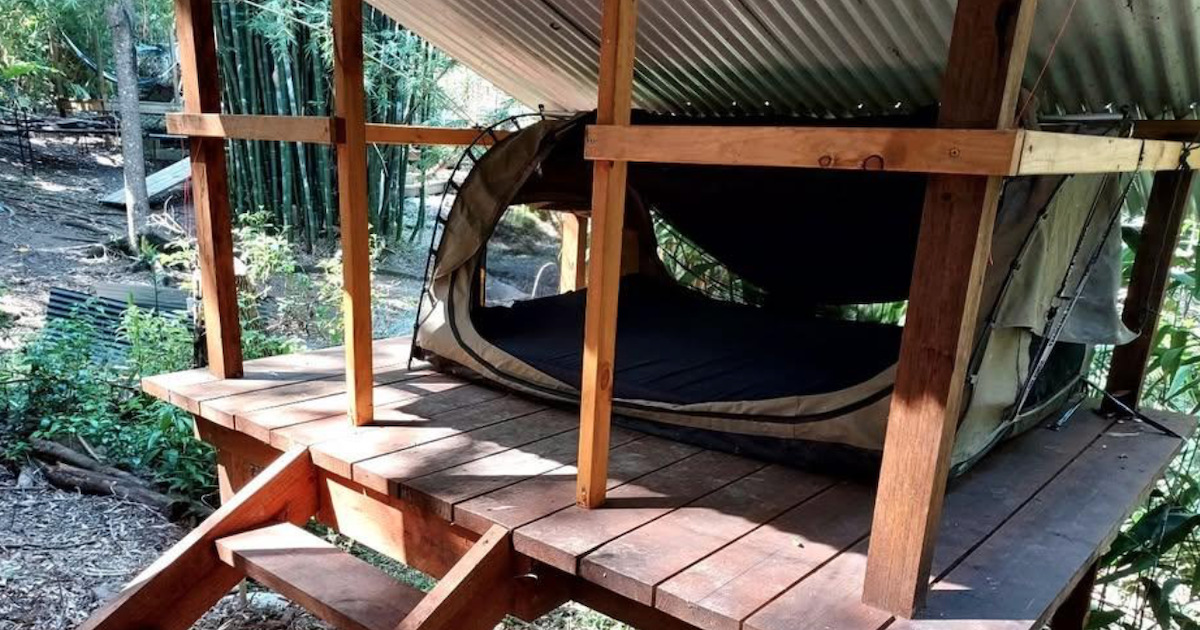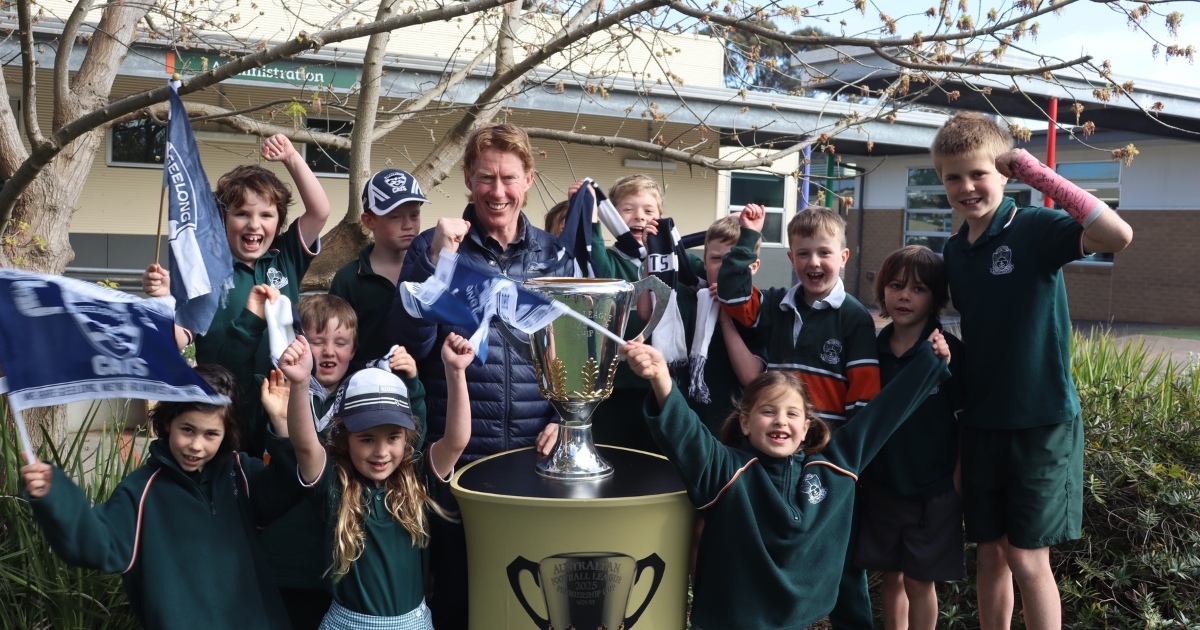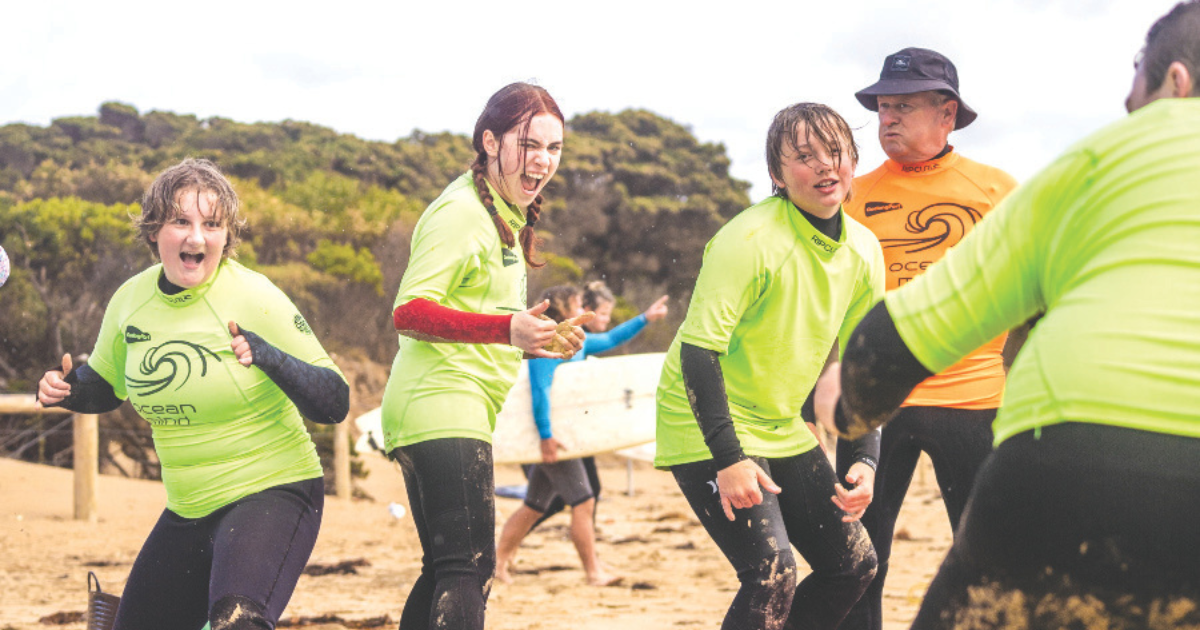Full hearts install hollow homes

Alex Jardine and Christina Guglielmi from Heartwood Habitat holding one of the nesting hollows installed at Taylor Park. Photos: SUPPLIED.
HALF a dozen nesting hollows have been added to the wildlife of Taylor Park as part of an ongoing Great Ocean Road Coast & Parks Authority (GORCAPA) initiative.
The hollows will provide additional homing for native wildlife at the popular Torquay site after being installed by arborists from Heartwood Habitat.
GORCAPA director of environment and coastal operations Dr Lisa Mills said lessons learned from Taylor Park would prove useful in other areas of the coast.
“We hope the hollows will provide great habitat for local wildlife like Eastern and Crimson Rosellas, Rainbow Lorikeets and Kookaburras,” Dr Mills said.

“We’re carving out new homes for wildlife that are impacted by the loss of big old trees due to land clearing.
“The lessons we take from this project will inform our management of public land along the Great Ocean Road.”
Arborists used chainsaws to carve hollows into each log, attaching them to trees in attempt to form seemingly naturally formed hollows.
Chainsaw-carved hollows provide more consistent temperatures for native wildlife than plywood boxes.
More than 20 nesting boxes made from marine ply were installed in the park last year from local members of the Torquay Community Men’s Shed, Friends of Taylor Park, and the Torquay Lions Club.
GORCAPA will work with Friends of Taylor Park on a habitat survey this Spring to see if the hollows are being used by wildlife for nesting and breeding.
More than 100 native species call tree hollows home across Australia.

















